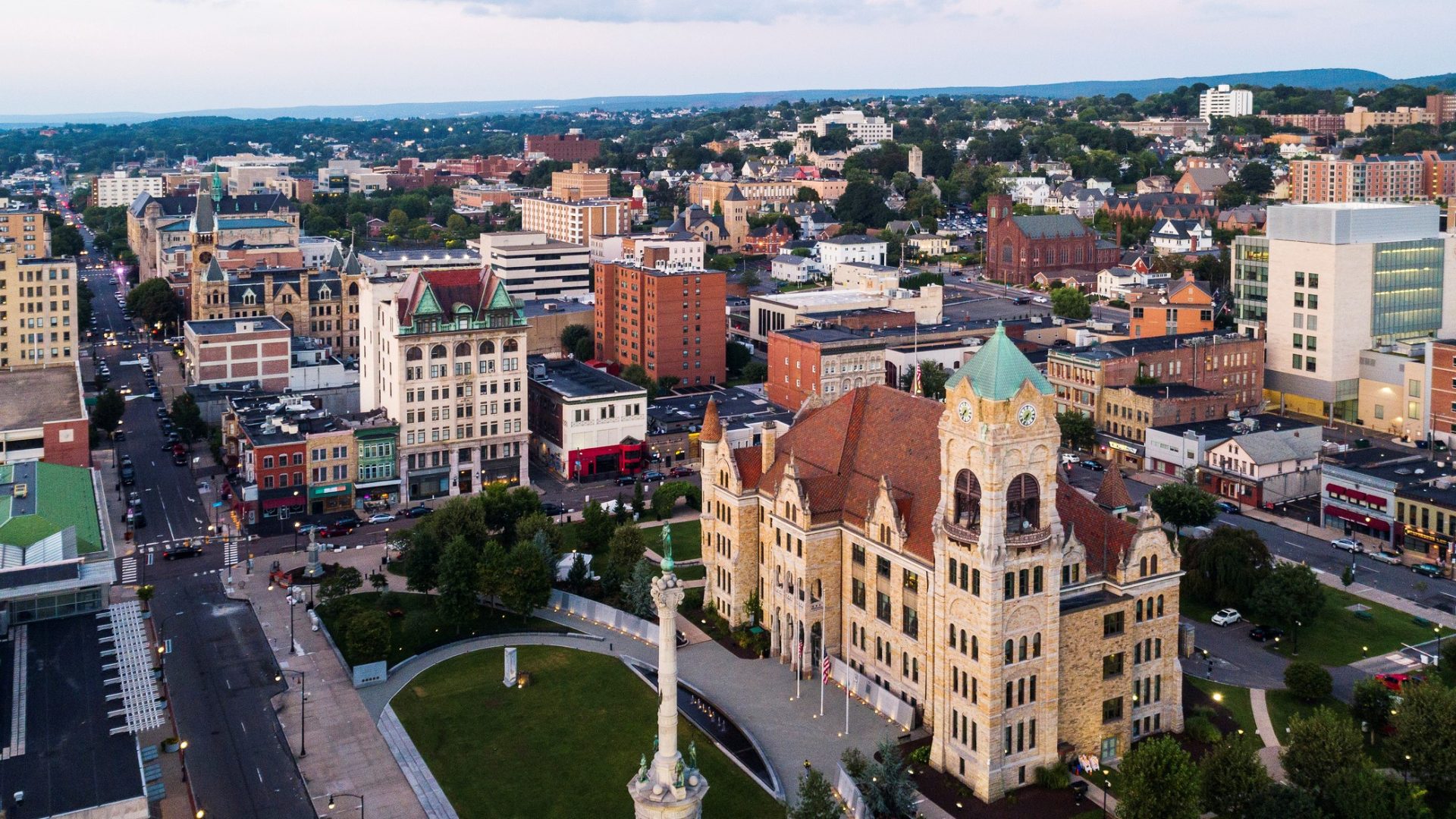
As the search for affordable living intensifies, many are turning their attention to ski towns across the United States. A recent analysis from GOBankingRates reveals that several ski towns not only offer breathtaking views and recreational opportunities but also present a more budget-friendly lifestyle compared to urban areas. For instance, Malone, New York, has a median list price of $137,200 and a monthly cost of living of $2,220, making it 58.9% less expensive than the national average, with an annual cost of $26,640 [298481dc].
Harrison, Michigan, is another noteworthy option, featuring a median list price of $164,500 and a monthly living cost of $3,810, which is 29.4% less than the national average, resulting in an annual cost of $45,720. Similarly, Mansfield, Ohio, offers a median list price of $179,900 and a monthly cost of living of $1,980, making it 63.3% less expensive, with an annual cost of $23,760 [298481dc].
Snowshoe, West Virginia, and Scranton, Pennsylvania, also stand out with median list prices of $189,900 and $199,000, respectively. Their monthly costs of living are $2,160 and $2,160, making them 60% less expensive than the national average [298481dc].
In contrast, locations like Vernon, New Jersey, and Harrisonburg, Virginia, while still offering ski town charm, have higher median list prices of $264,400 and $317,000, respectively, with monthly costs of living at $5,160 and $4,620. These towns are only slightly less expensive than the national average, at 4.4% and 14.4% less, respectively [298481dc].
The analysis indicates that while some ski towns may have higher living costs, many still provide a more affordable alternative to larger urban areas, appealing to families and individuals seeking a balance between lifestyle and budget. This trend highlights the growing interest in relocating to smaller, more affordable communities that offer both recreational opportunities and a lower cost of living [298481dc].